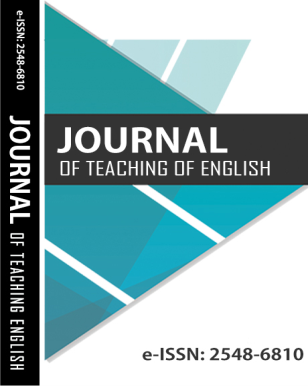Infixation in Kulisusu Language
Keywords:
infixation, infixes, Kulisusu LanguageAbstract
This research was intended to describe the process of infixation and explain the functions of infixes in Kulisusu language. The researcher used the qualitative as the research design. The data of the research was obtained through oral language spoken by the native Kulisusu language speakers, a Kulisusu language dictionary, and a folklore document. There were a number of techniques that were used to collect the data. Those techniques included observation, interview, questionnaire, recording, note, and documentation. The result of the research showed that there were two types of infixes that got involved in the process of infixation in Kulisusu language. Those were infix -in- and infix -um-. Both infix -in- and infix -um- could be functioning both as inflectional and derivational morphemes, depending on to which root morphemes they were attached. When infix -in- was inserted into verbs, it acted as an inflectional morpheme as it modified infinitive verbs into past participle verbs, and as a derivational morpheme as it changed verbs into nouns and adjectives; infix -in- functioned as a derivational morpheme when it was inserted into nouns, as it changed nouns into verbs. Infix -um- functioned as an inflectional morpheme if it was inserted into verbs, as it modified infinite verb forms into other verb forms—past and present participles, causative verbs, and infinitives; infix -um- acted as a derivational morpheme if it was inserted into nouns, because it altered nouns to verbs; infix -um- functioned as inflectional morpheme when it was inserted into adjectives.




